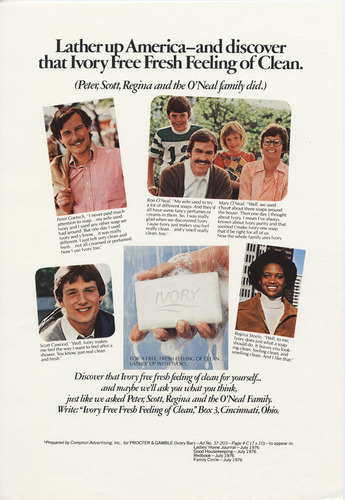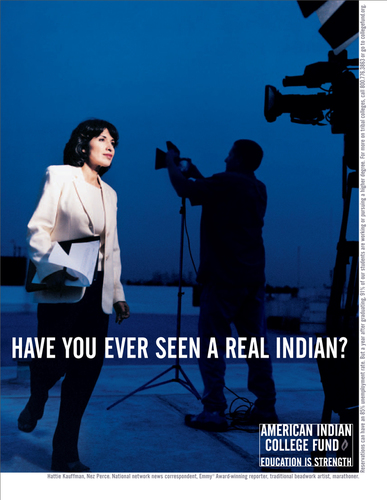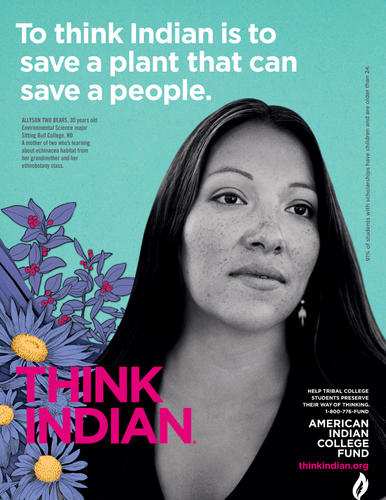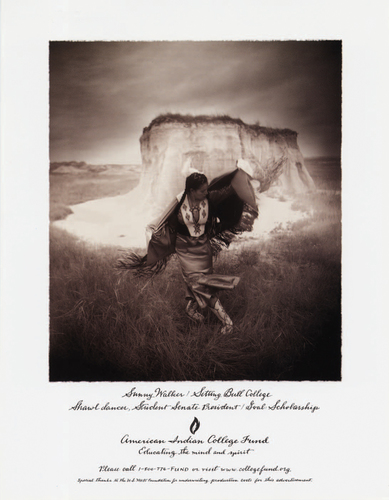Civil Rights in Advertisements
When African Americans and other minority groups challenged their limited and stereotyped depiction in mainstream advertising, their critiques often centered on gender. In the 1910s and 1920s, African American commentators decried the plantation “Mammies” and stooping “Uncles” who appeared in the ads. Within African American newspapers and periodicals, black-owned businesses often revised gender imagery, depicting black men and women as modern and up to date. Cosmetics firms such as Madame C. J. Walker and Overton-Hygienic featured impeccably groomed social leaders and fashionable actresses, the equal of white women. Joe Louis and other black sports figures endorsed soft drinks, cigarettes, and automobiles, presenting an image of masculine athleticism, accomplishment, and respectability.
The civil rights movement focused on political equality, opportunity, and justice, but also struggled for inclusion and dignity in visual culture. Advertising images became more diverse in the latter decades of the twentieth century; minority-owned agencies created ads that spoke directly to black, Hispanic, and Asian-American consumers, even as the large firms and mass-marketbusinesses expanded their appeal to a diverse American population. Still, we might question the extent to which gender representations have been challenged and changed over time.



